American Lotus, Fun to Forage and Highly Nutritious
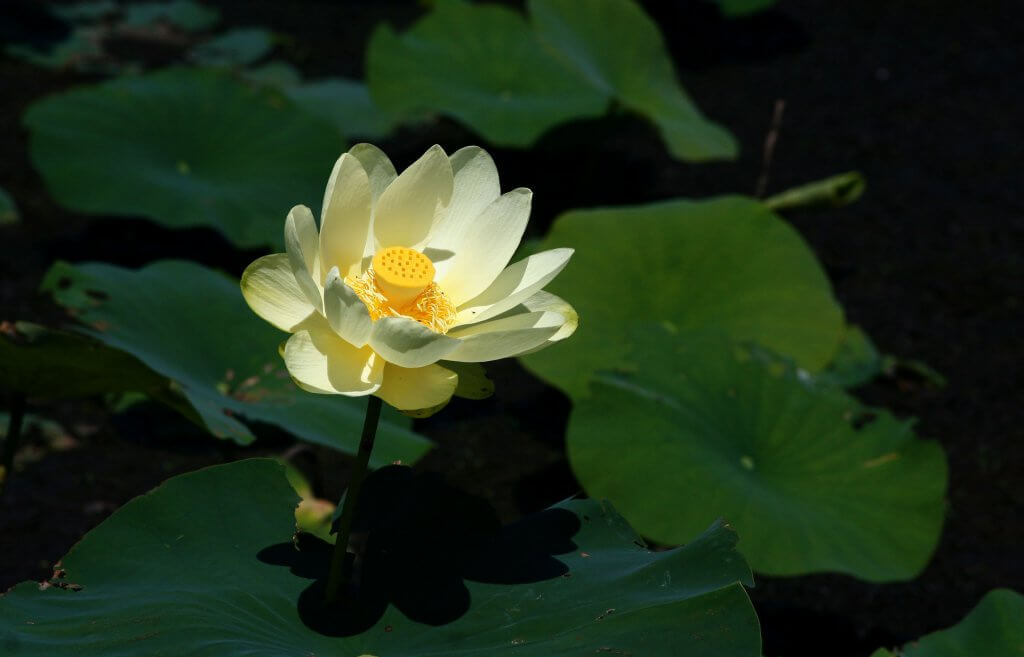
American Lotus (Nelumbo lutea), are the bright eye catching lotus flowers that have likely caught your eye across lakes, ponds and slow moving rivers. They are a native species to the US, with high populations within a number of midwestern and southeastern states. You may also know them simply as yellow lotus or water-chinquapin, likening […]
Watercress, a Peppery Wild Edible with Informed Foraging
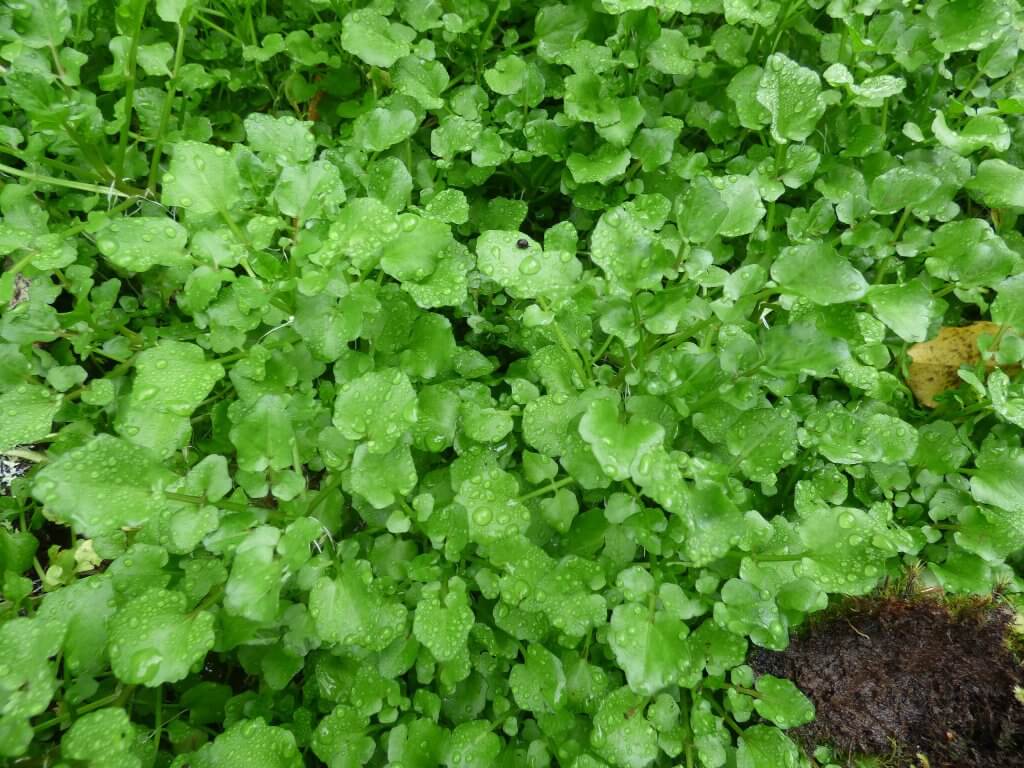
Watercress (Nasturtium officinale), is a peppery flavored, perennial member of the mustard family, Brassicaceae. A leafy plant that favors very moist, and essentially aquatic conditions, it grows wild upon the surface of rivers, lakes and streams. Once native to Europe and temperate Asia, it is now largely widespread throughout the world, grown as a crop […]
Mulberry, Wild Sweet Fruits and Favored in the Silk Industry
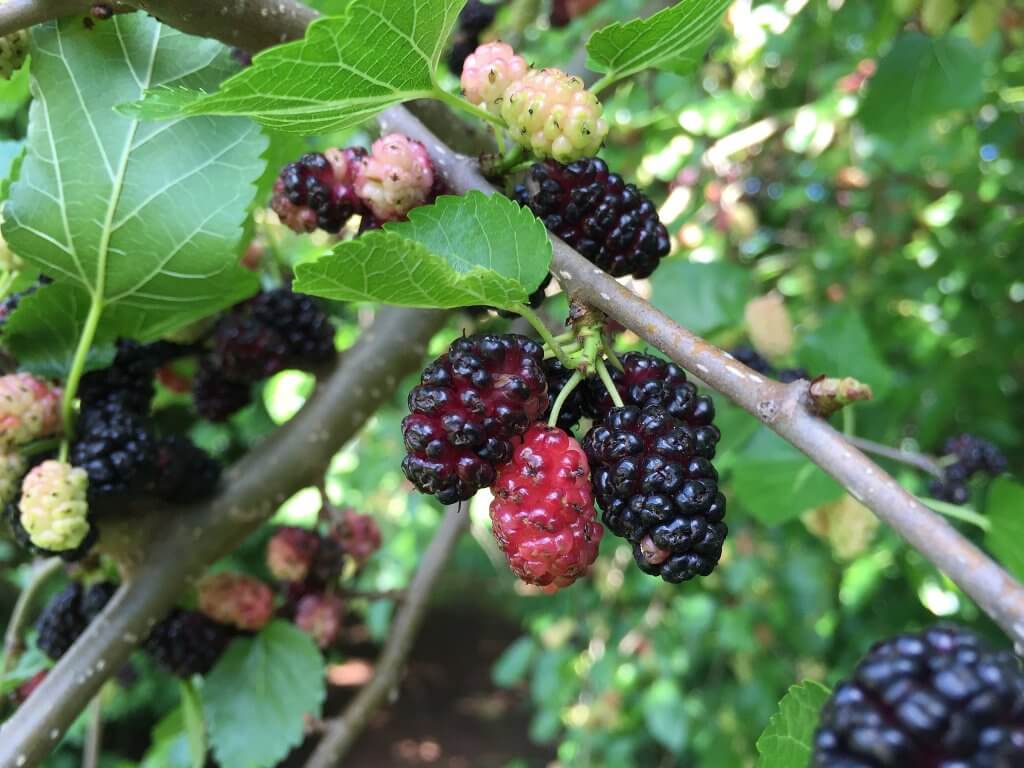
Mulberry (Morus spp.), is a commonly occurring tree found across the states. Mulberries feature in a number of nursery rhymes some of us may remember from childhood. Particularly the “Here We Go Round the Mulberry Bush” rhyme. Once a popular food source during colonial times, as time passed, other berries and exotic fruits captured our […]
Partridge Berry, a Nutritious Trailside Treat
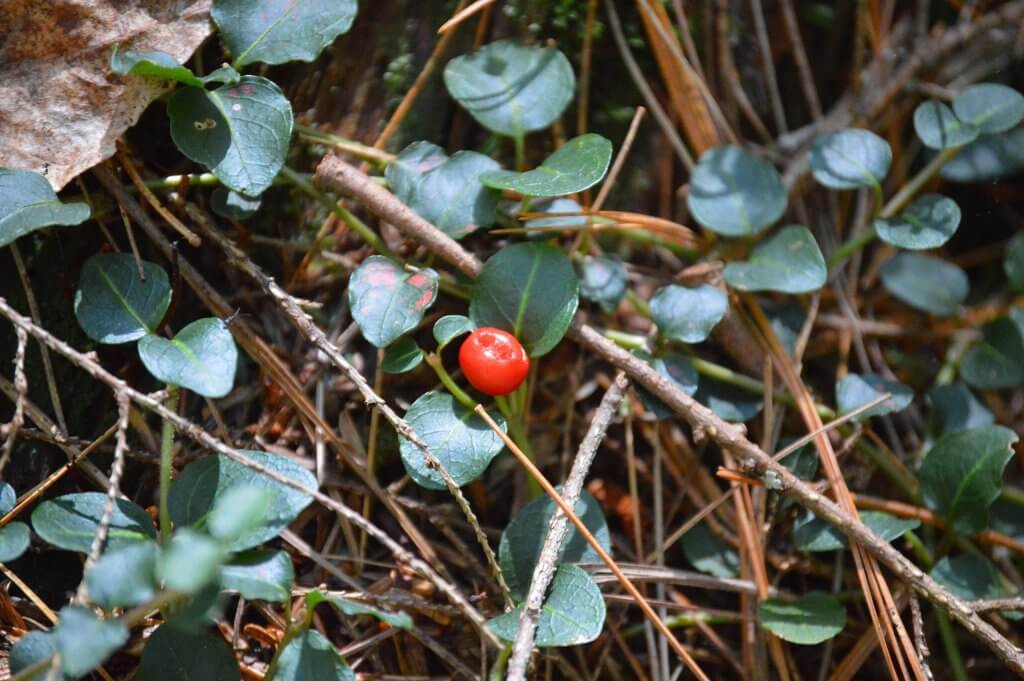
Partridge Berry (Mitchella repens), is a low growing, evergreen vine that trails along forest and woodland floors. It is native to North America, particularly the northeastern states, and areas of Southern Canada. It is frequently grown as an ornamental in other countries, and can often escape cultivation and enter the wild. A food source for […]
Wild Mint, Fragrant Leaves and Digestive Aid
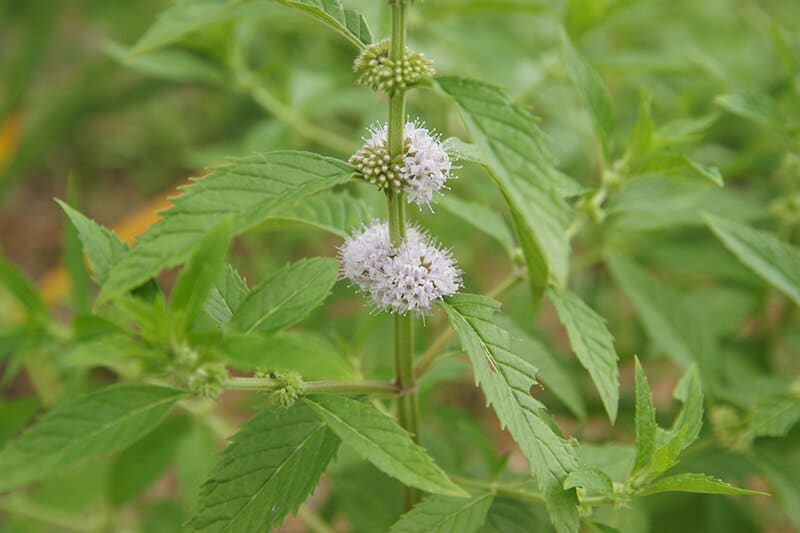
Wild mint (Mentha spp.), belongs to a genus of heavily fragrant and aromatic plants. The Mentha genus is the eponymous member of the mint family ‘Lamiaceae’. The mint genus contains the classic age old favorite, spearmint or (Mentha spicata). A common choice when browsing for mint seeds in garden centers. However it is no longer […]
Pineapple Weed, Edible Flowers with a Fruity Flavoring
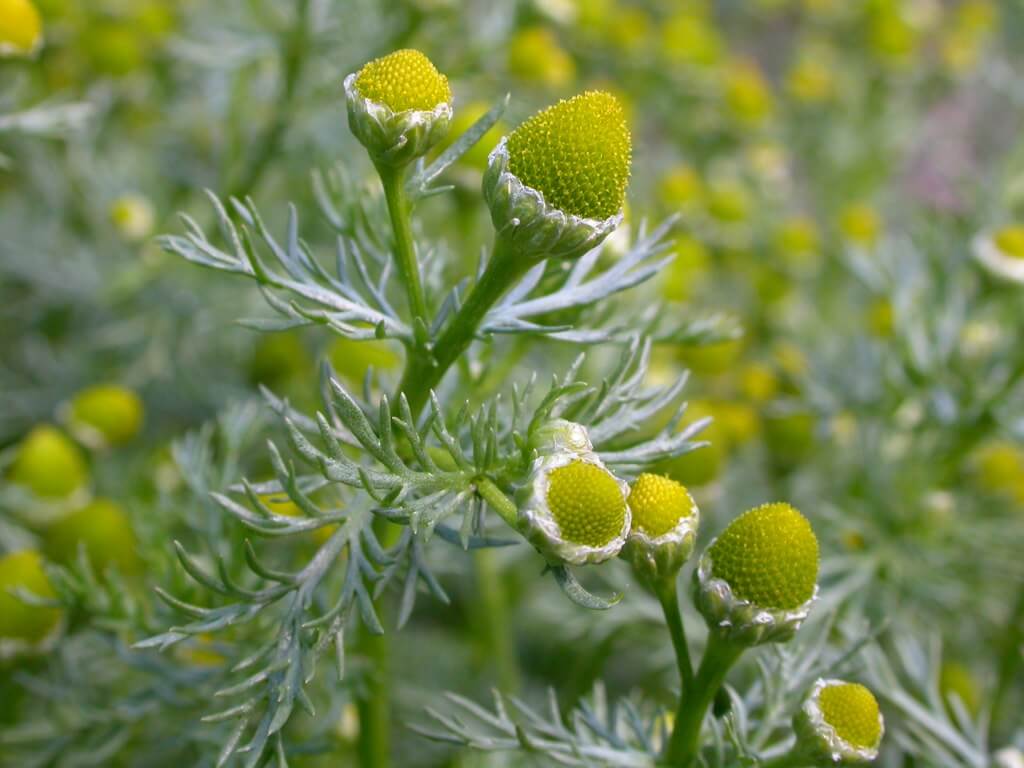
Pineapple weed (Matricaria discoidea), is an invasive annual within the United States, originally endemic to Eastern Russia and Asia. It has now become largely naturalized in temperate climates throughout the world, from the UK to the US. You may also know pineapple weed by the names disc mayweed or wild chamomile. As an invasive species […]
Common Mallow, a Wild Edible Often Found in Lawns
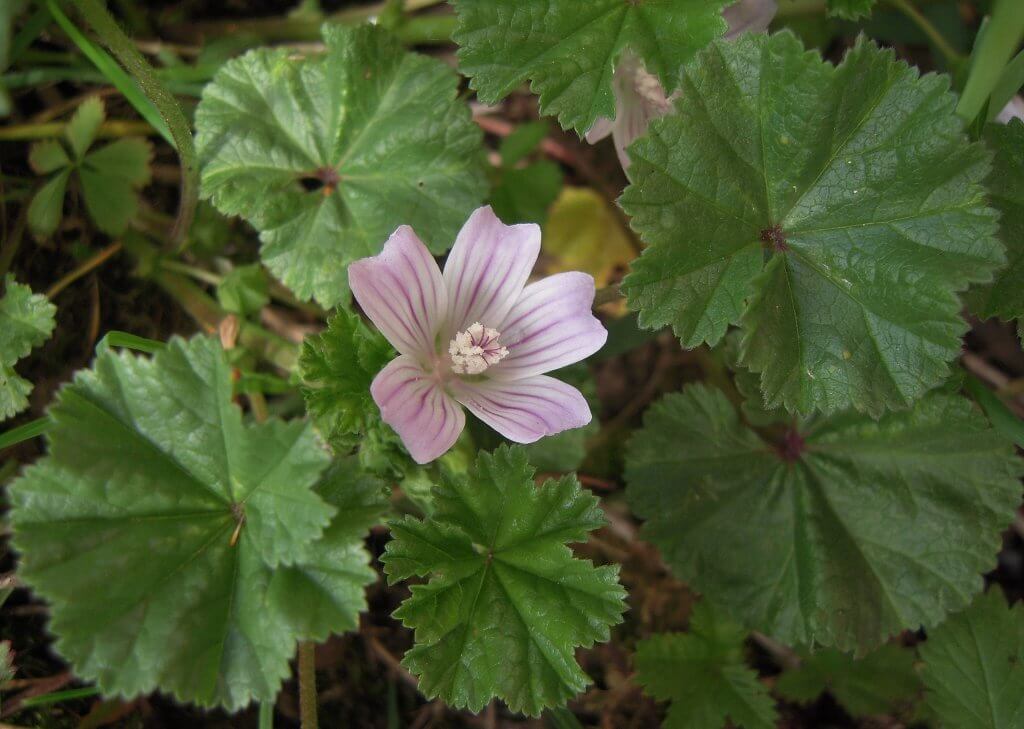
Common mallow (Malva neglecta), is an annual plant, very commonly thought of as a weed. Originally native to Europe and wide areas of Africa and Asia, mallow plants have spread throughout the world through trade and accidental transportation. Common mallow is found prolifically throughout the United States, however as a non-native plant it out competes […]
Bugleweed, Wild Edible and Alternative Herbal Remedy
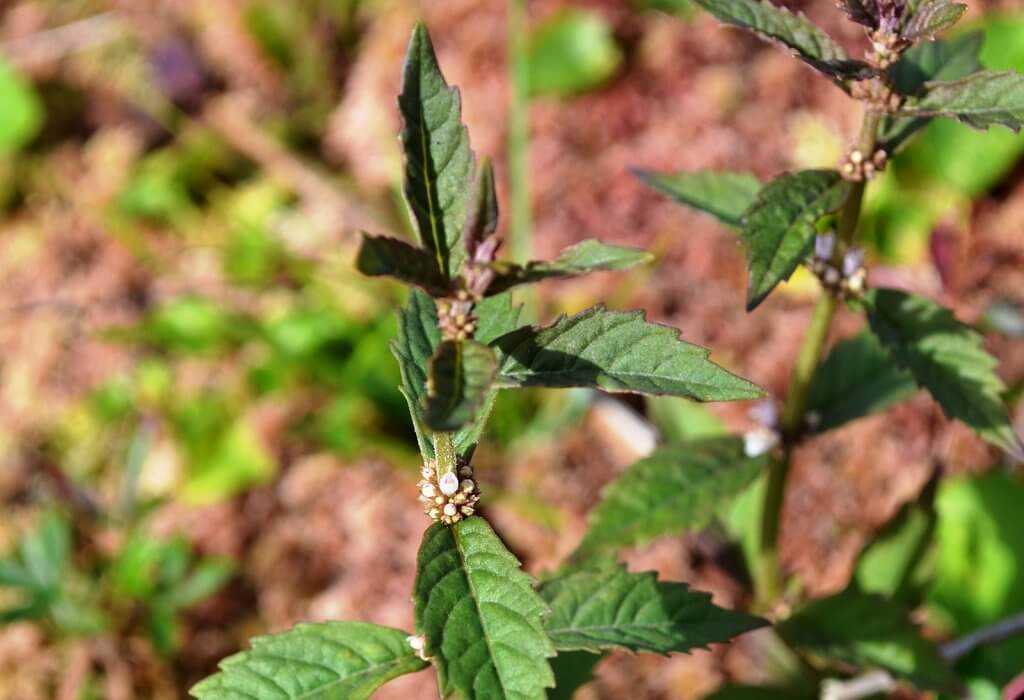
Bugleweed (Lycopus spp.), is a genus of plants within the mint and nettle family Lamiaceae. The family contains just over 20 species throughout the world, with the majority of members native to the US. Other common names for plants in this genus include water horehound and gypsywort. Three of the most prolific species in the […]
Peppergrass, Abundant and with a Delicious Peppered Flavor
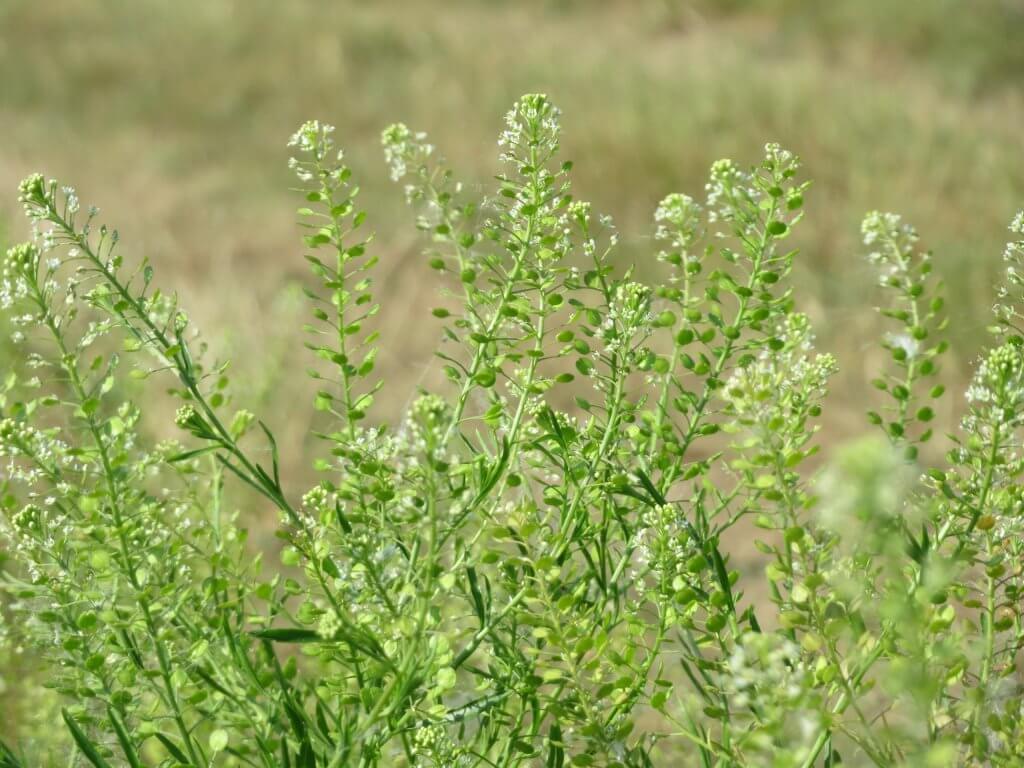
Peppergrass (Lepidium spp.), is the common name given to a collection of plants belonging to the Brassica family. The genus contains well over 200 species, native to all corners of the world. From remote Lord Howe island in Australia, to Hawaii. Overtime they have adapted and evolved into different species that suit their habitat. One […]
Wild Lettuce, Tasty Greens and Valued Herbal Remedies
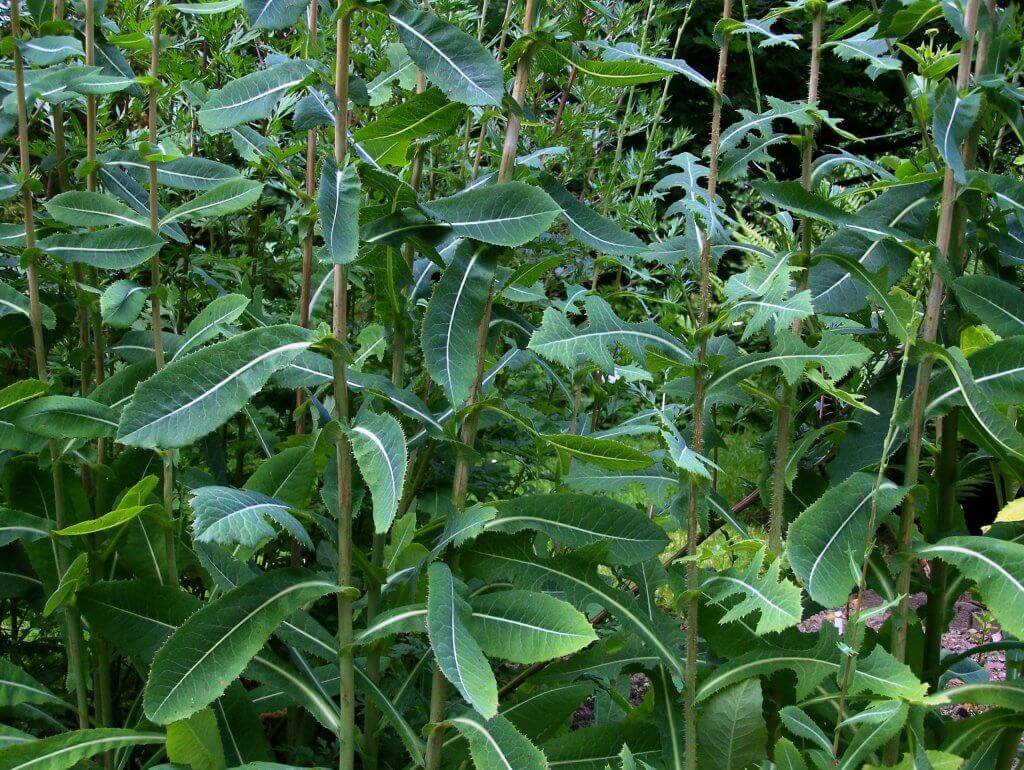
Wild lettuce (Lactuca spp.) refers to a collective genus of plants from the daisy family ‘Asteraceae’. The most recognisable member of the lettuce genus is garden lettuce (Lactuca sativa), it is thought to have been originally cultivated from a weed into a food crop by the Eygptians. A number of cultivated varieties now exist and […]
Black Walnut, Grandiose and Medicinally Valuable
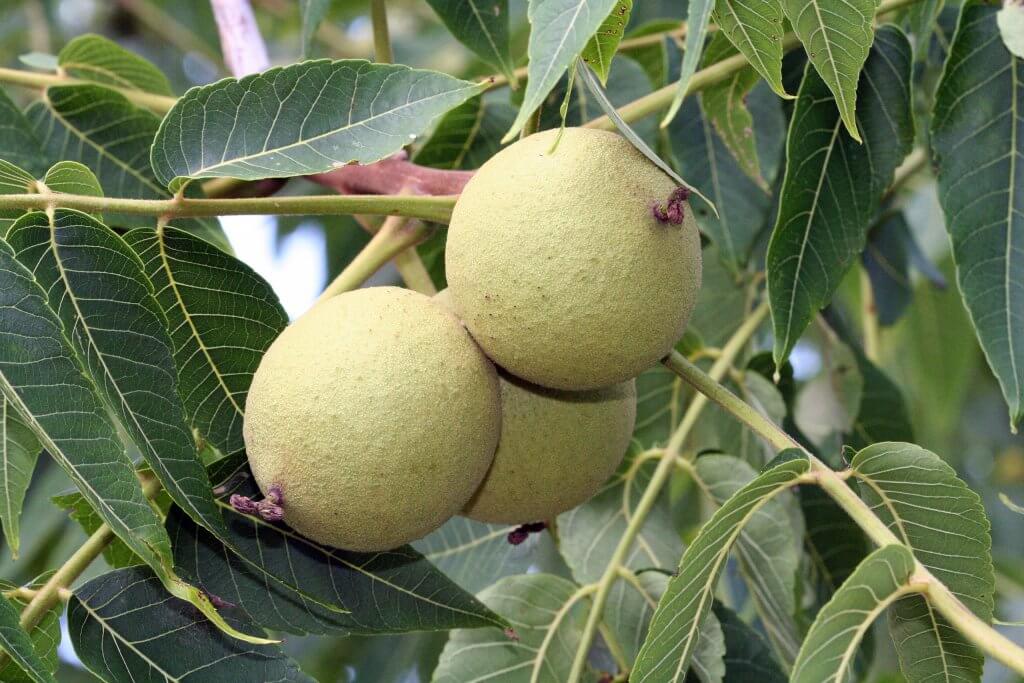
Black walnut (Juglans nigra), is a deciduous tree that can be found throughout the eastern, and midwestern states. Valued for its wood and the coveted walnuts, black walnut trees are a pioneer species that are fairly prolific in the wild. They are often cultivated for their wood and nuts simultaneously. Trading the wood gives growers […]
Cow Parsnip, Crisp Greens and a Surprisingly Aromatic Herb
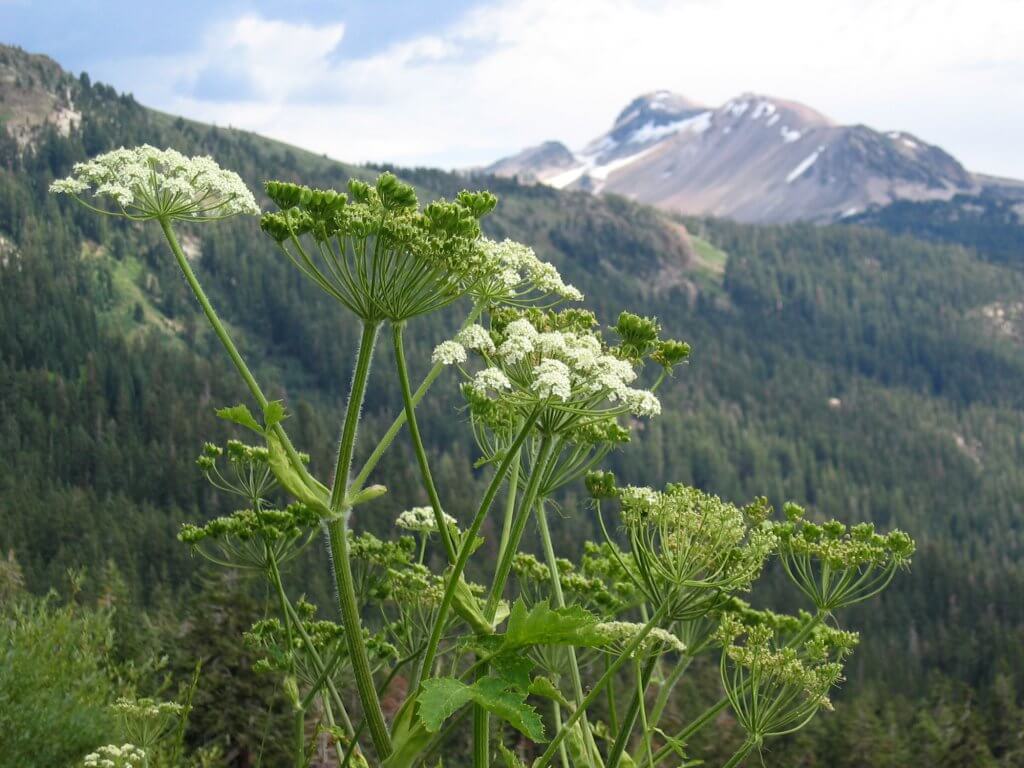
Cow parsnips (Heracleum maximum), are a species of perennials native to the middle west and temperate north of the US and Southern Canada. With such an imposing scientific name, cow parsnips are a relatively unassuming and overlooked plant. Found in rich, moist soils, they thrive in a wide range of habitats with a particularly high […]
Day Lily, an Ornate and Versatile Edible
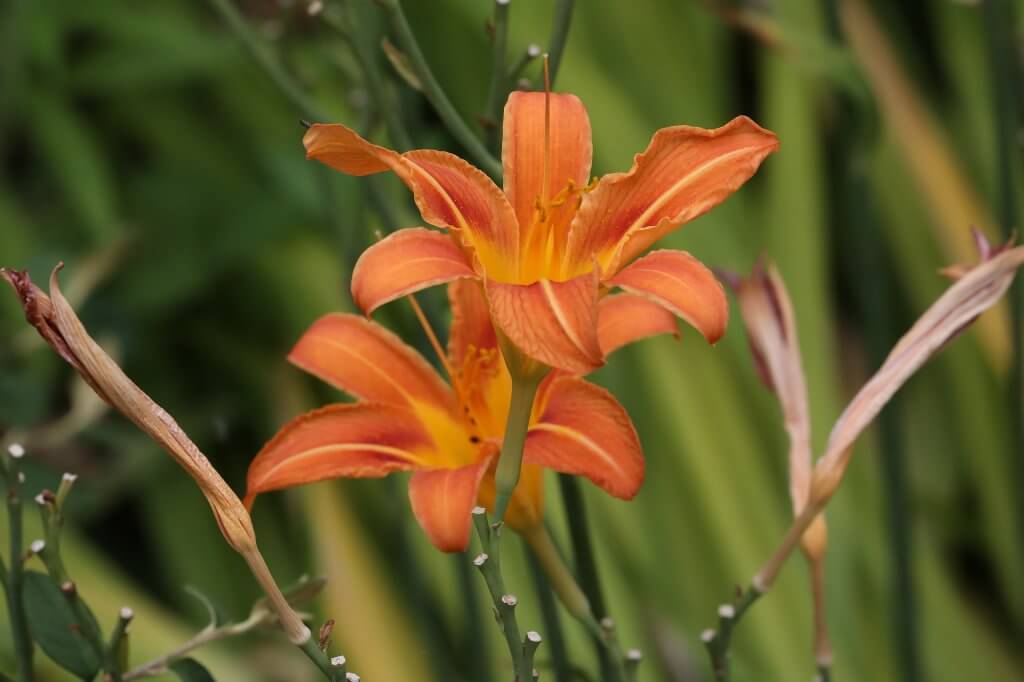
Day lily (Hemerocallis fulva), commonly known as orange day lily or tiger daylily, is a bright, showy and greatly recognisable perennial. They are a common feature across the US, although originally native to Asia. Day lilies have spread throughout the world, through trade and their use as an ornamental garden plant. It has a varied […]
Jerusalem Artichoke, Bold Flowers and Flavorful Tubers
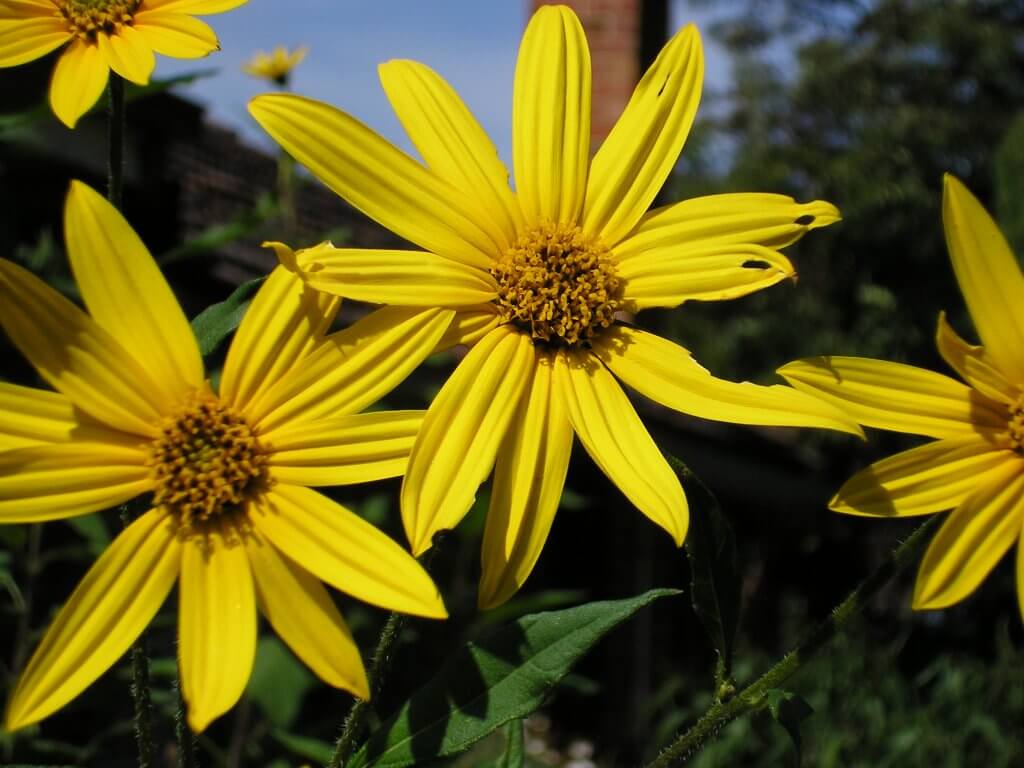
Jerusalem artichoke (Helianthus tuberosus), is a perennial plant and a member of the sunflower family. Its bright yellow, and proudly standing flowers flaunting this fact. Other apt names include sunroot, sunchoke and the sweetly named earth apple. Native to the plains of the midwest and also stretching into the eastern states, the Jerusalem artichoke can […]
Honey Locust, Menacing Thorns Protecting a Sweet Treat
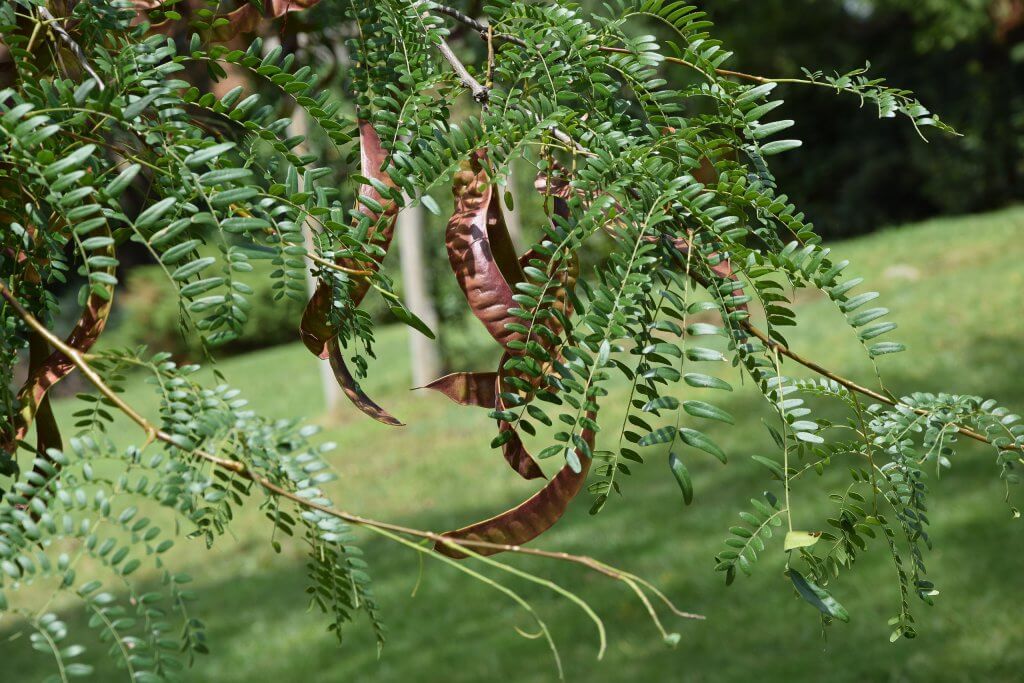
Honey Locust (Gleditsia triacanthos), is a deciduous tree and a member of the bean/pea family. It bears long seed filled pods in fall, of which the pulp is sweet and edible. Also commonly known as a thorny locust, this native American tree glows golden in the fall, but bears a menacing array of thorns. You’ll […]
Ash, a Wild Edible with a Threatened Future
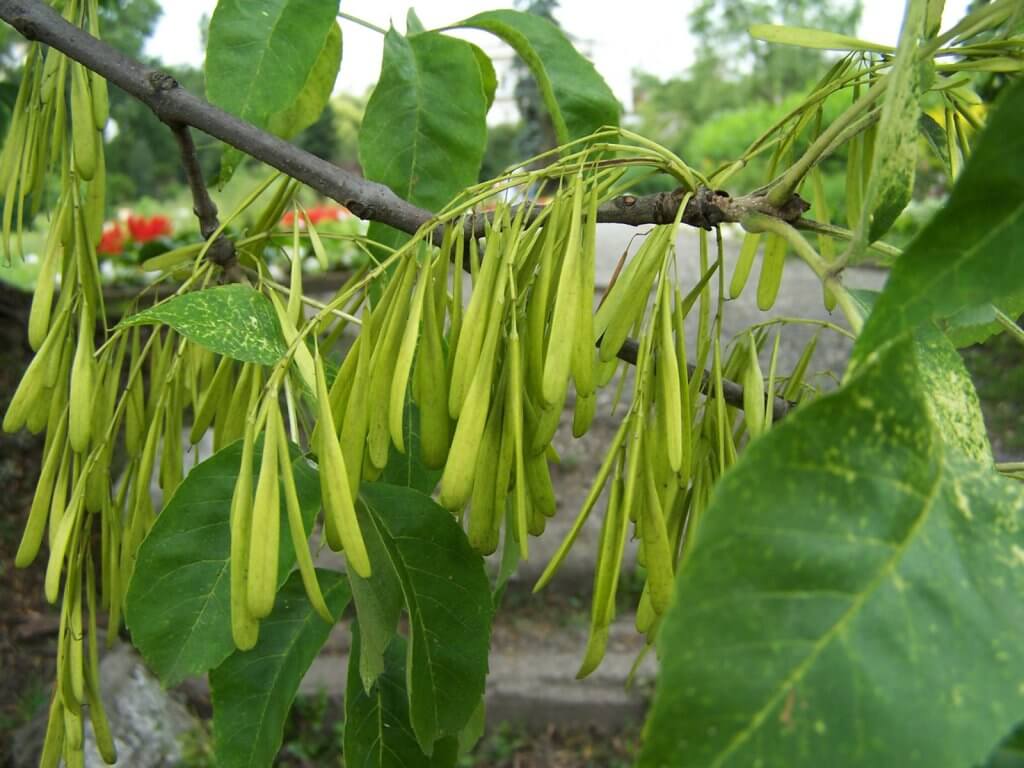
Ash (Fraxinus spp.), refers to a collective genus of large flowering, deciduous trees. They can be found throughout the world, with a great number being native to North America. The white ash (Fraxinus americana) and green ash (Fraxinus pennsylvanica) are the most prolific ash species in the northeastern and midwestern states. Whilst the blue ash […]
Cleavers Bedstraw, an Edible Weed with a Diverse History
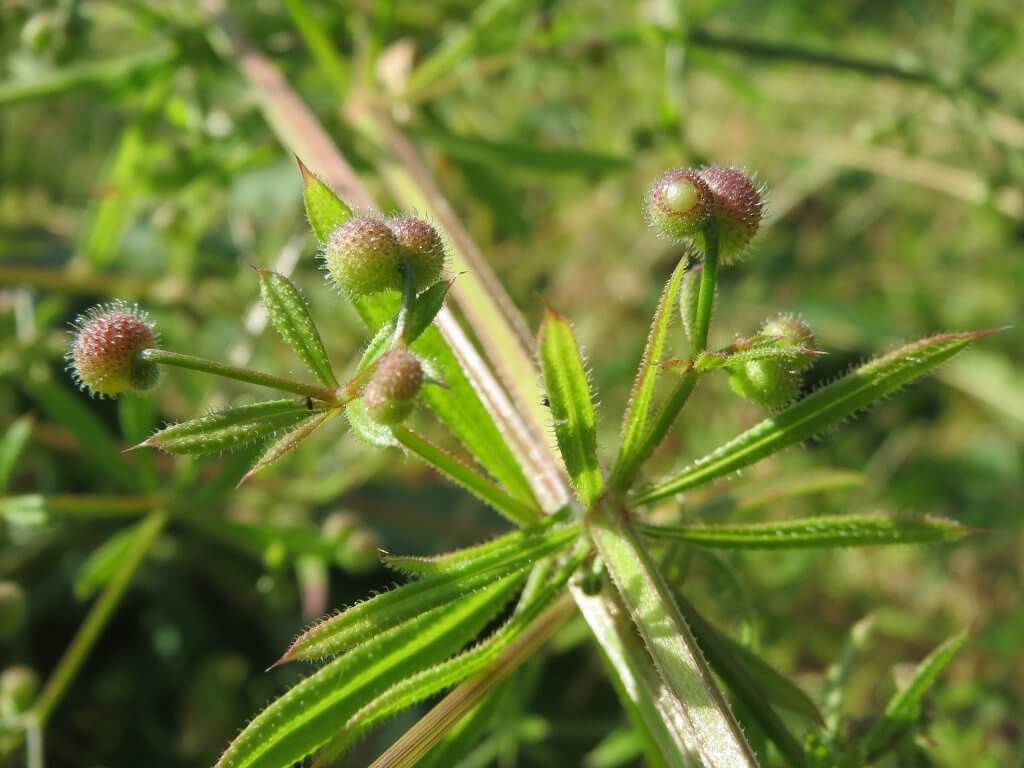
Cleavers Bedstraw (Galium aparine), is a herbaceous weed that we may be familiar with from childhood. It’s other common names include catchweed, stickyweed and grip grass, to name but a few. These names hint at its ability to grasp onto and stick to things. From the the long socks of a hiker, the wool of […]
Wild Strawberry, an Age-Old and Fruitful Favorite
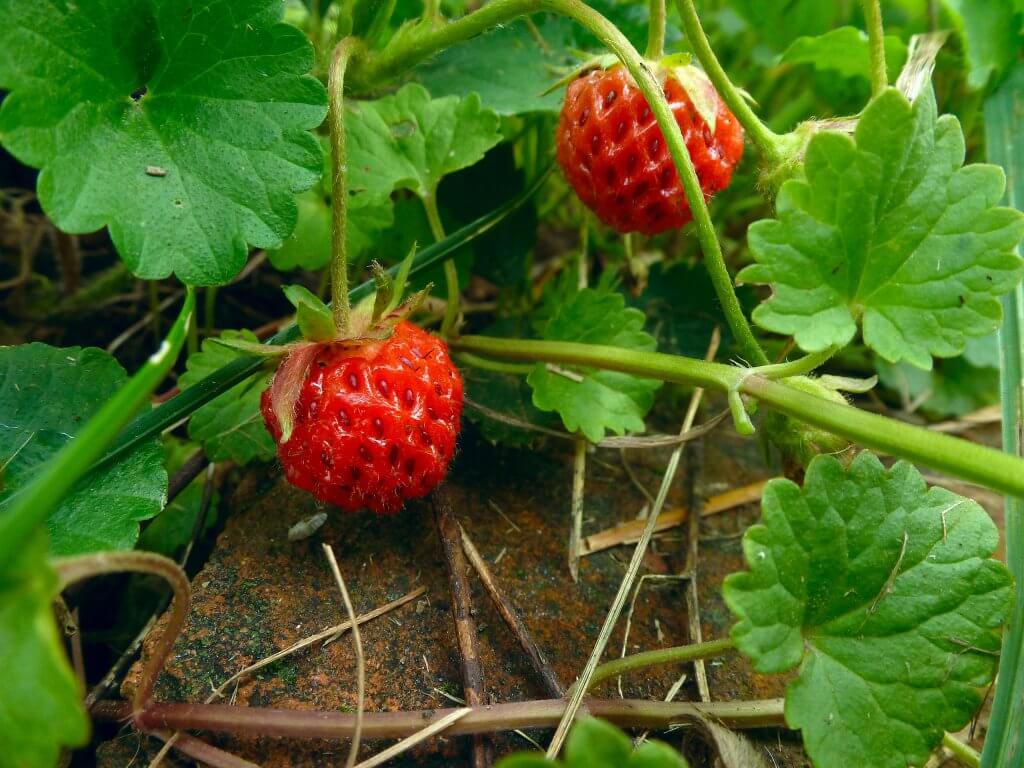
Wild Strawberry (Fragaria spp.), a coveted wild edible favorite. The most commonly occurring species in the Northern hemisphere is the Fragaria vesca, otherwise known as the woodland or alpine strawberry. They grow prolifically in the wild throughout Europe, Russia, China and the United States. A species known as the common strawberry (Fragaria virginiana) is also […]
Fireweed, Love it or Hate it, a Bold and Versatile Herb
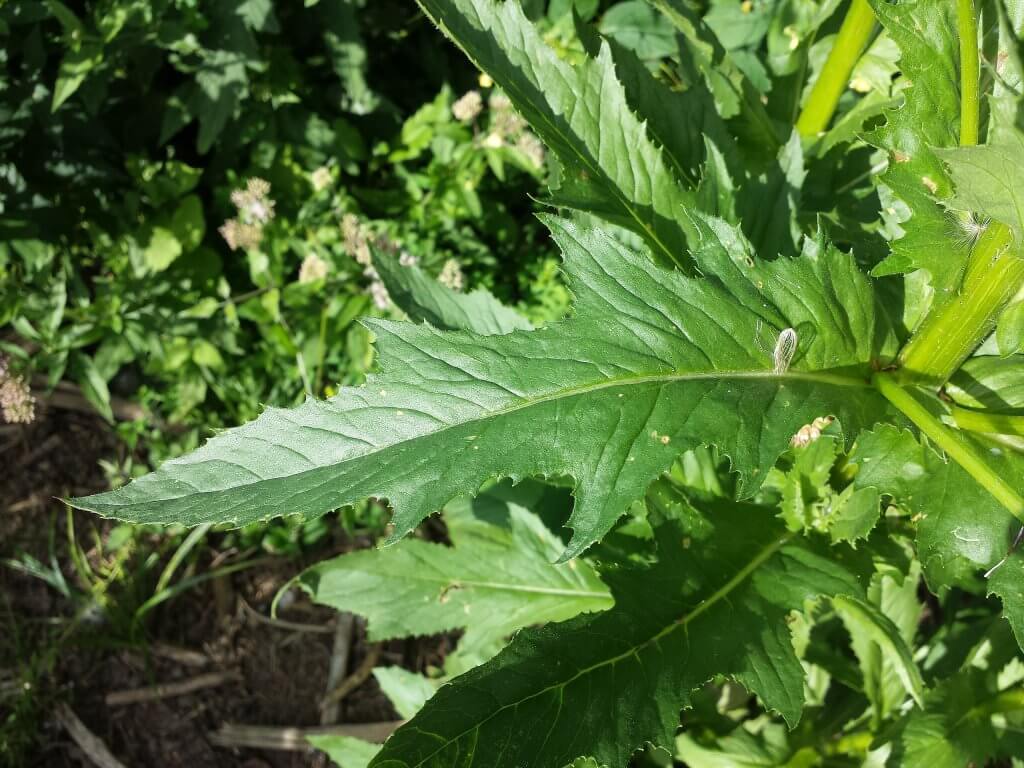
Fireweed (Erechtites hieraciifolius), is a herb that many will either love or hate. As a member of the daisy family, Asteraceae, it has a particularly pungent aroma and flavoring that can be an acquired taste. You may also see it being referred to as American burnweed and even pilewort, which hints at its past use […]
Persimmons, Succulent and Sweet Winter Fruits
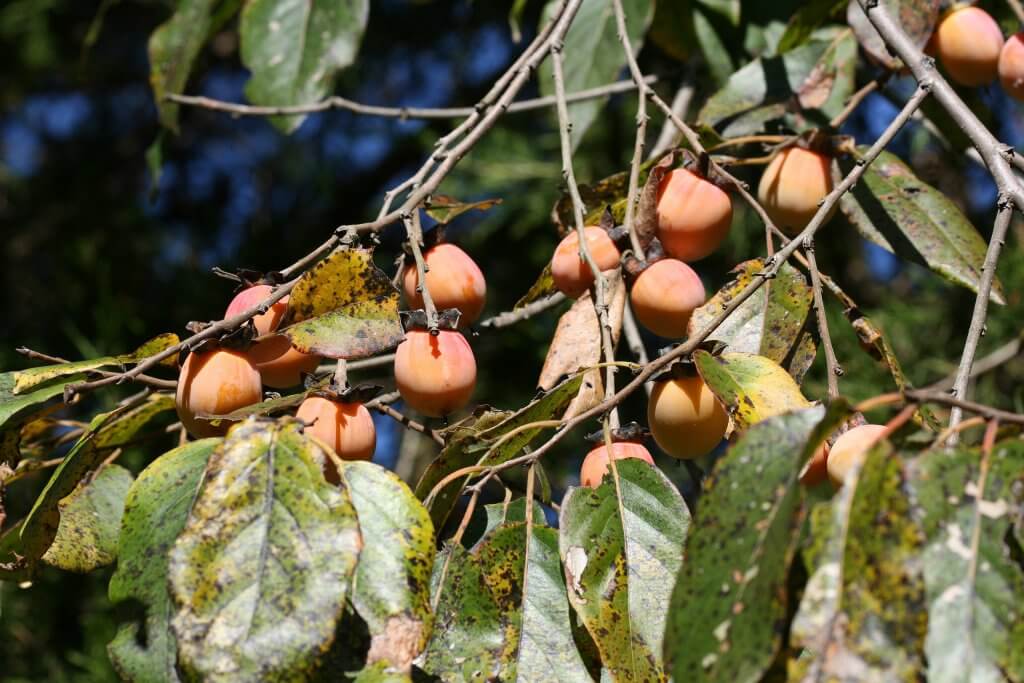
Persimmon (Diospyros virginiana), is a tree that many may already be familiar with. A native to the forests and woodlands of northeastern and midwestern states. You may often hear it being referred to as American persimmon, eastern persimmon or even possum apples. The tree is deciduous, losing its leaves in winter and leaving only the […]
